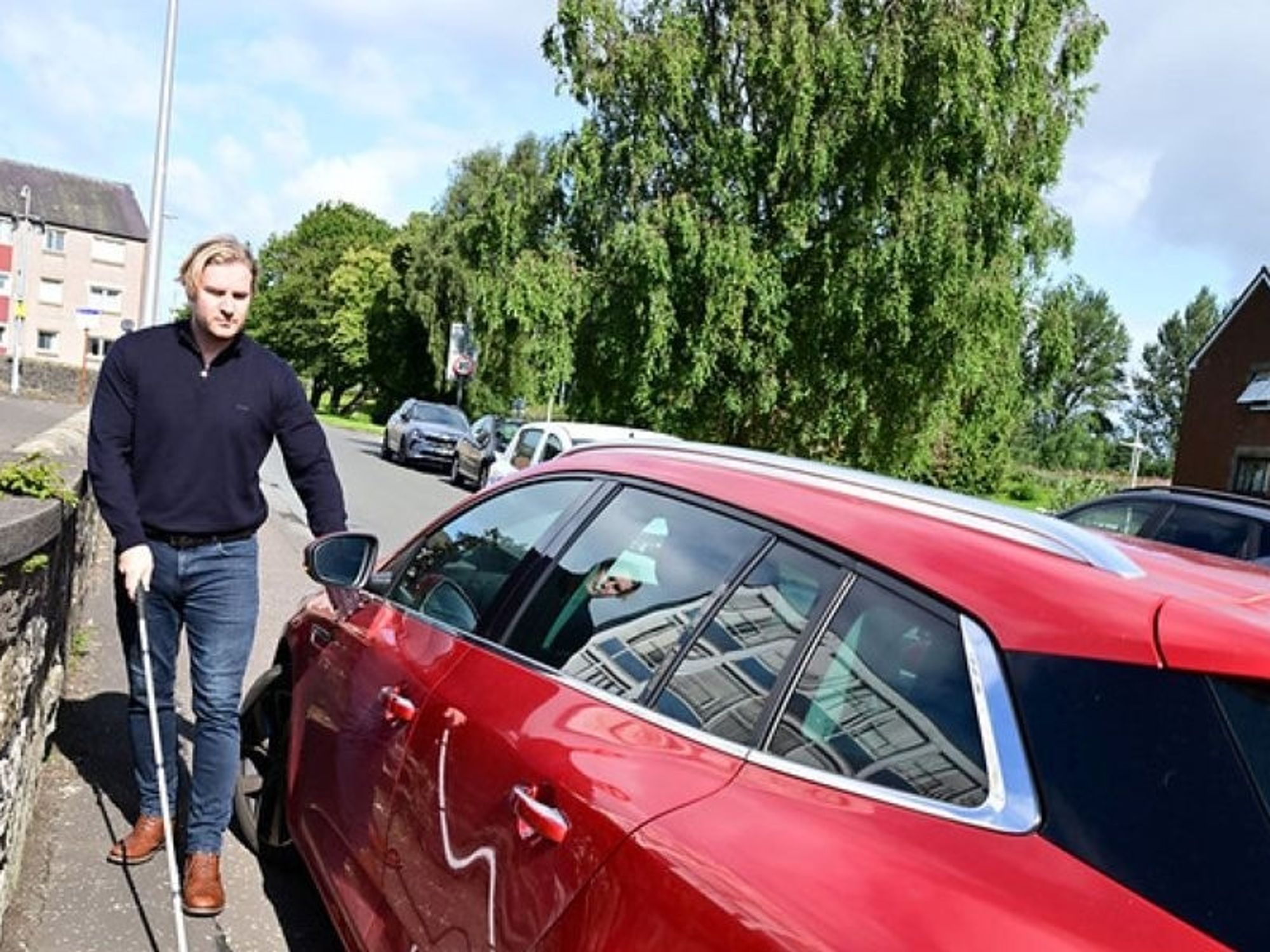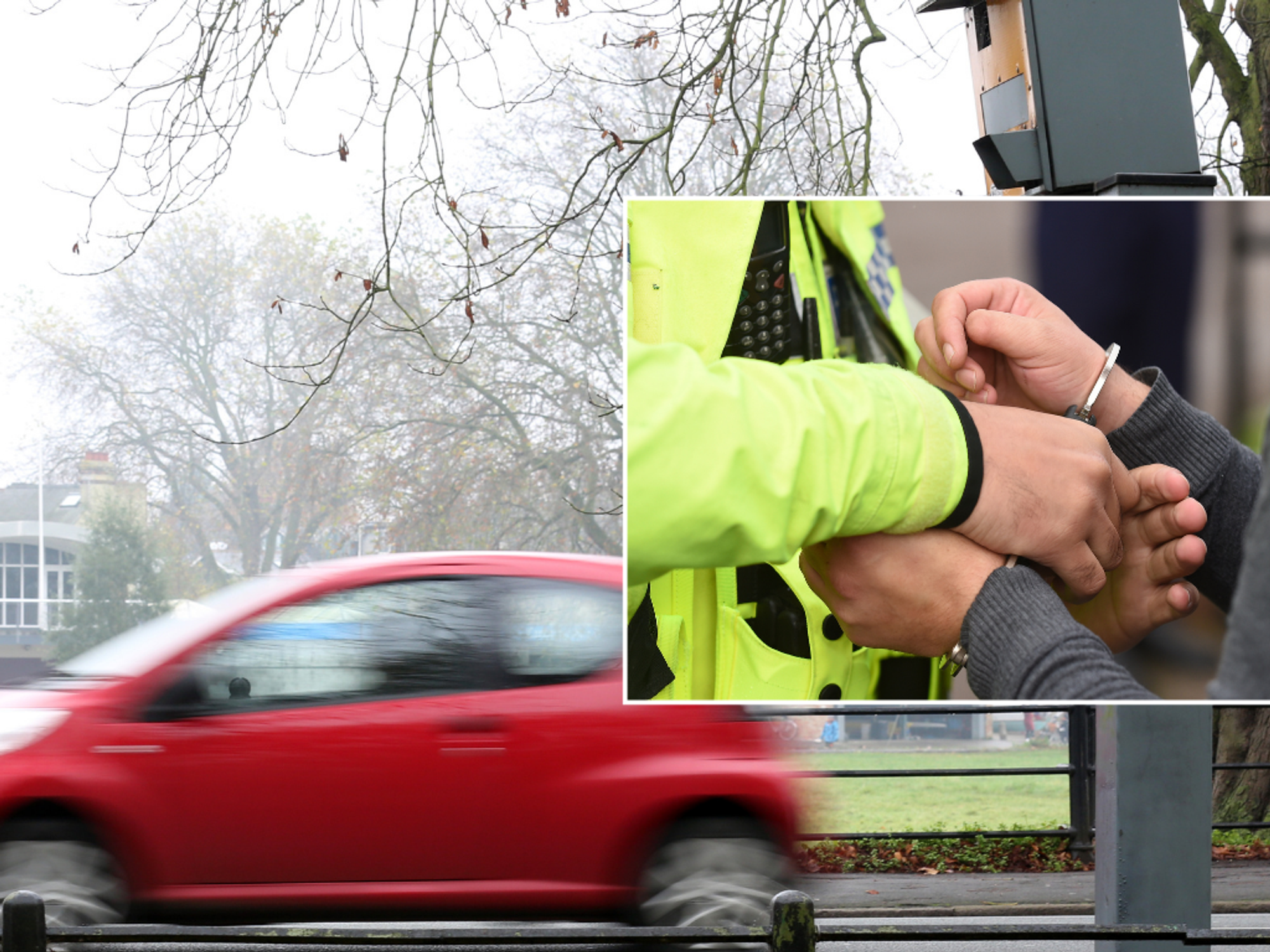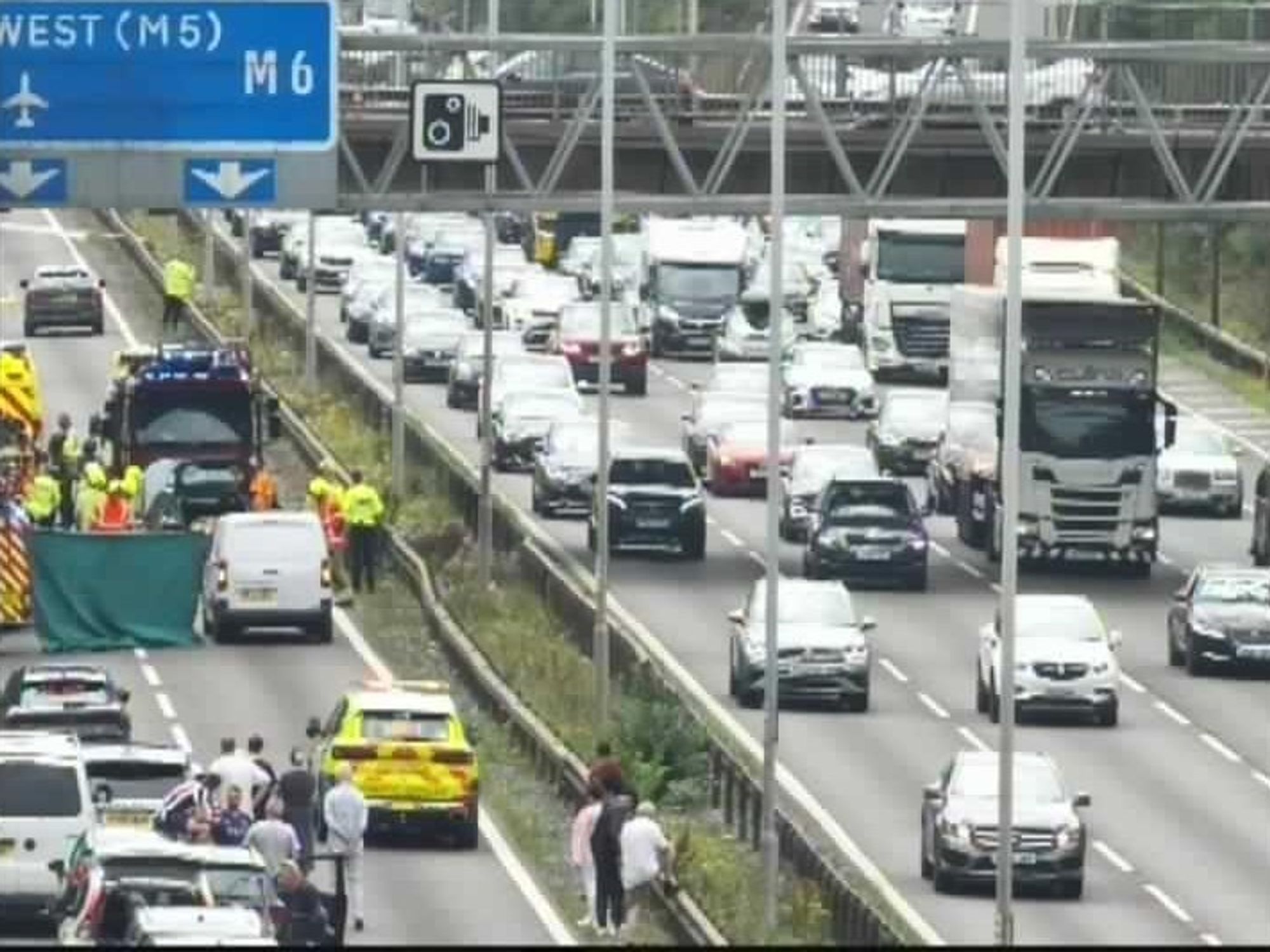DVSA announce major changes to driving theory tests that will impact millions of motorists a year
GB NEWS
|WATCH: The AA's Mark Born joins Stephen and Ellie to discuss whether the driving test is still fit for purpose

The new questions will be seen in theory tests for cars and motorcycles from early 2026
Don't Miss
Most Read
Latest
The DVSA has announced a raft of new changes to theory tests in a move that could impact thousands of motorists every year.
Under new measures, the Driver and Vehicle Standards Agency (DVSA) will add new questions to car and motorcycle theory tests as part of a new partnership.
Prospective drivers will be asked about CPR and how to use defibrillators to reduce strain on the NHS and boost cardiac arrest survival rates.
**ARE YOU READING THIS ON OUR APP? DOWNLOAD NOW FOR THE BEST GB NEWS EXPERIENCE**
Questions on CPR and defibrillator use will be added to theory tests in the early months of 2026, with the DVSA calling on learner drivers to brush up on their skills sooner rather than later.
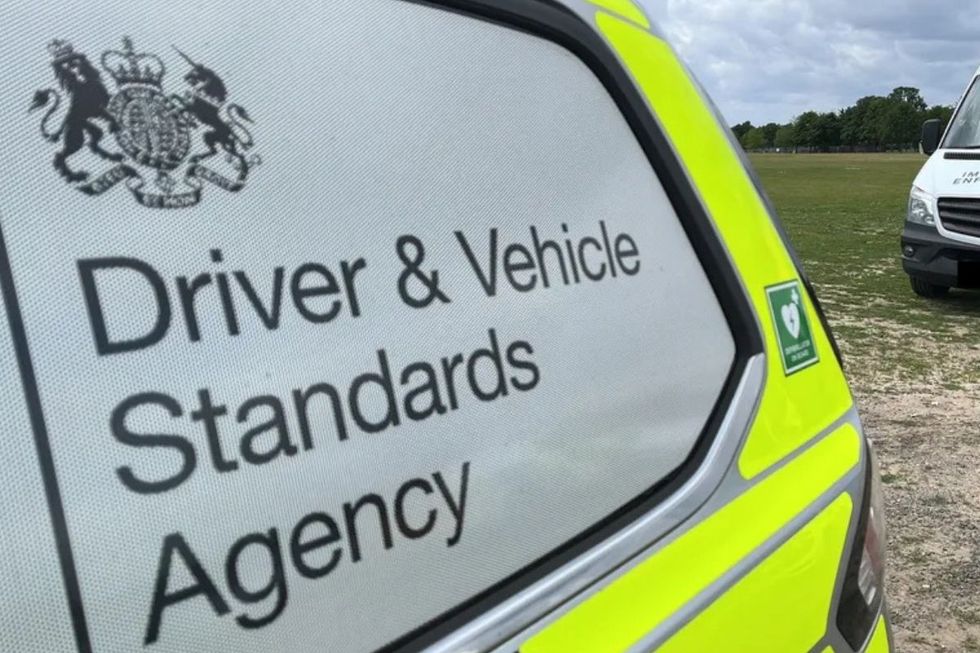
DVSA
|The DVSA said the new changes would be added to the theory tests from early 2026
On average, 2.4 million people take their theory test every year, which could have a huge difference in saving lives in the event that someone has a heart attack.
The DVSA will be partnering with the Save a Life programme in Wales, Scotland and Northern Ireland, as well as the Resuscitation Council UK.
Data shows that 40,000 people suffer an out-of-hospital cardiac arrest every year, with less than one in 10 surviving.
However, if CPR is given and a defibrillator is used within three to five minutes, survival rates can soar to as high as 70 per cent.
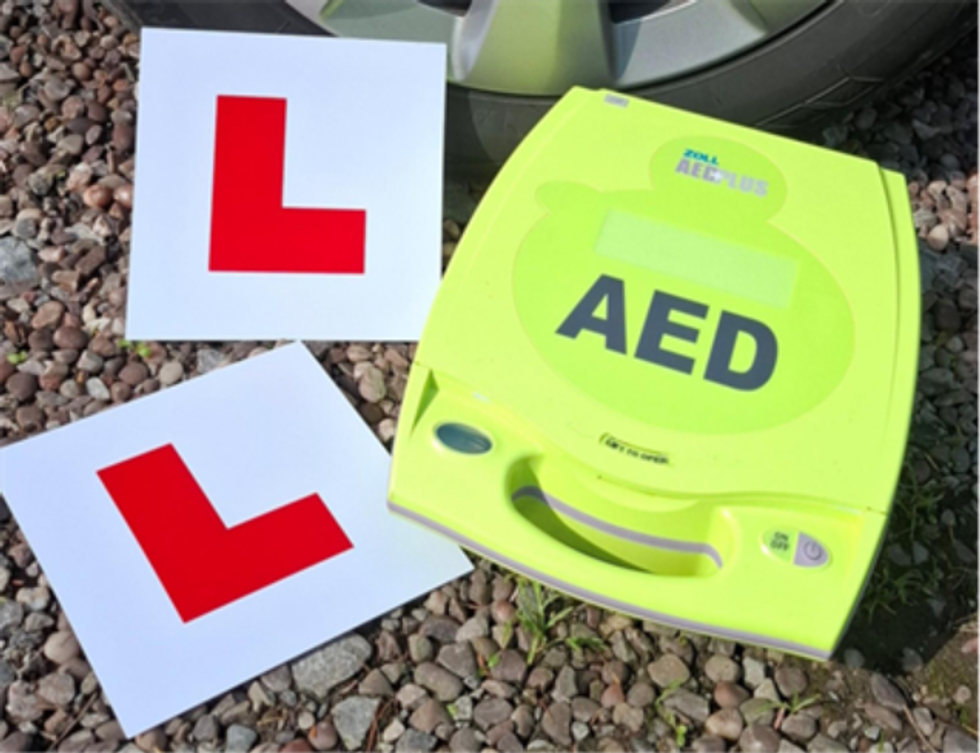
JULIE STARLING
|The new theory test measures have been backed by road safety experts
Commenting on the decision to add the new theory questions, Mark Winn, chief driving examiner at the DVSA, said: "Part of being a safe and responsible driver is knowing what to do in an emergency - how to step in and make a real, life-saving difference.
"Learning CPR and how to use a defibrillator is a very simple skill and adding this into the official learning resource is a great way for DVSA to support the drive to raise awareness."
Popular revision tools have already been updated to give learners the chance to familiarise themselves with the new guidance.
This includes the Official DVSA Guide to Driving and the Official DVSA Guide to the Theory Test for Car Drivers, with guidance for motorcyclists being published in due course.
LATEST DEVELOPMENTS:
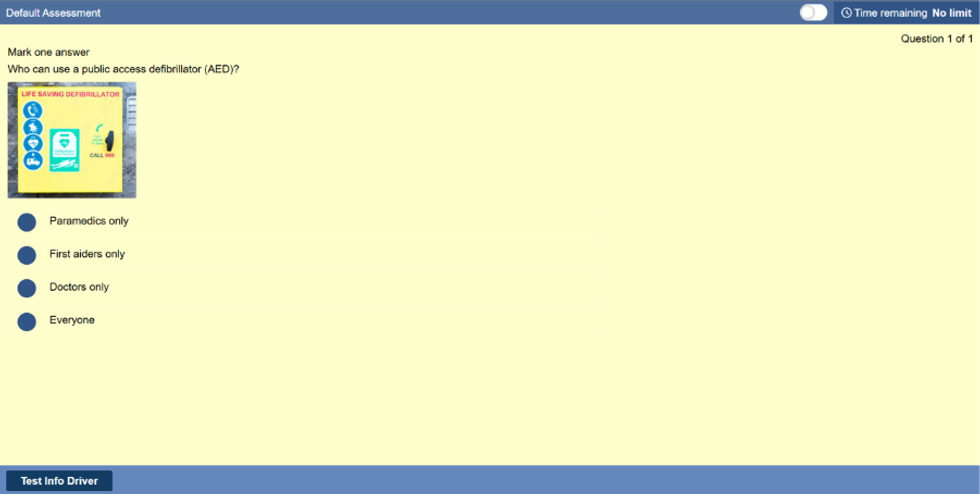
DVSA
|An example question on defibrillators in a theory test
The leading force behind these changes has been Professor Len Nokes, from Save a Life Cymru, following the death of his 24-year-old daughter Claire.
He said that "some knowledge" of CPR could have made a difference after she suffered cardiac arrest in 2017, adding that he doesn't want any other family to go through the same experience.
Professor Nokes added: "All of us in this partnership hope that by making CPR and how to use a defibrillator part of the theory test, we will be able to significantly increase the number of people who have this life-saving awareness."
An example question featuring the new information on CPR and defibrillators includes: "Who can use a public access defibrillator (AED)?"
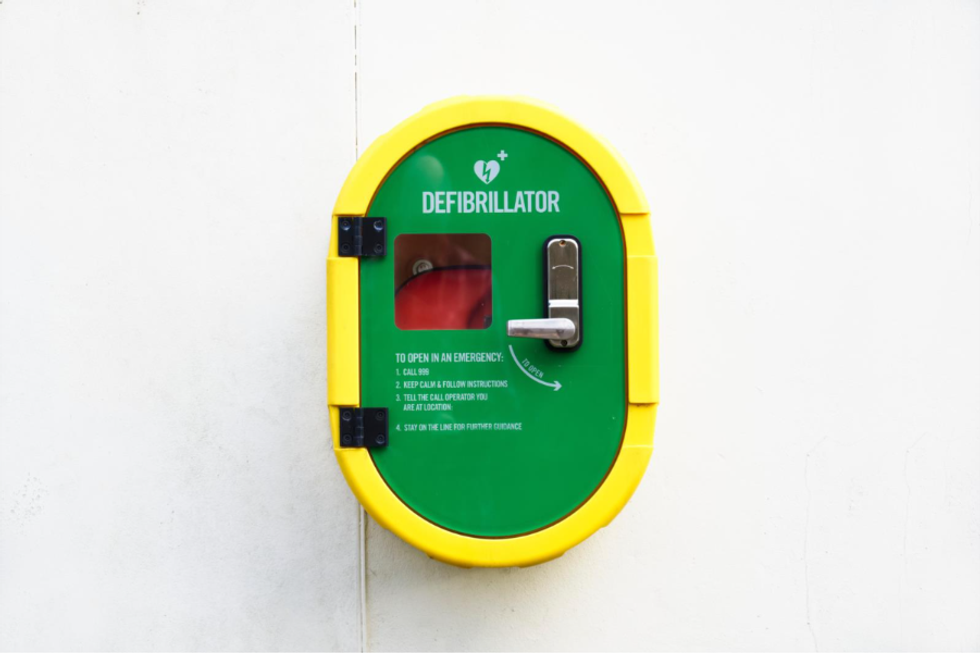
DVSA
|The DVSA have unveiled the new theory test changes to reduce the burden on the NHS
The need for information about CPR could occur during road traffic accidents, where people could suffer cardiac arrest due to shock or trauma.
Similarly, people may need to utilise their skills at the roadside or at service areas, with the overarching goal of the new measures to reduce the burden on the NHS.
James Cant, CEO of Resuscitation Council UK, concluded: "We're delighted to be working with the DVSA and other partners to introduce CPR and defibrillator awareness into the driving theory test.
"By embedding these life-saving skills into such a widely taken assessment, we can help ensure that more people, from all communities, gain the knowledge and confidence to act during a cardiac arrest."








